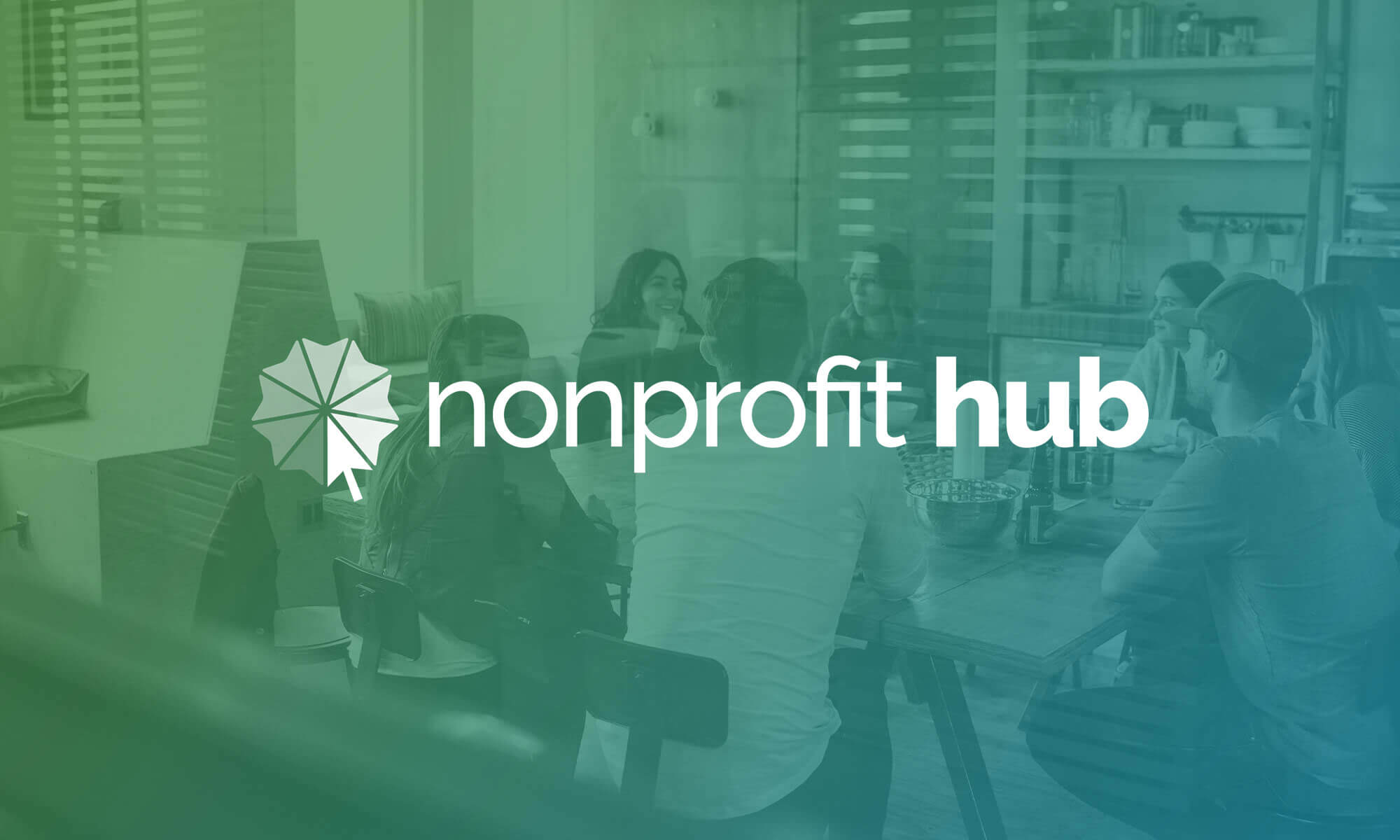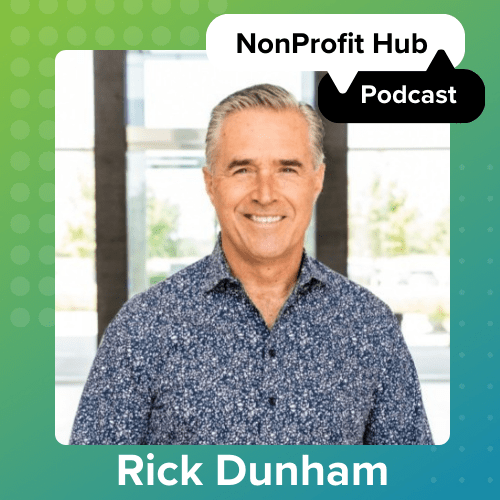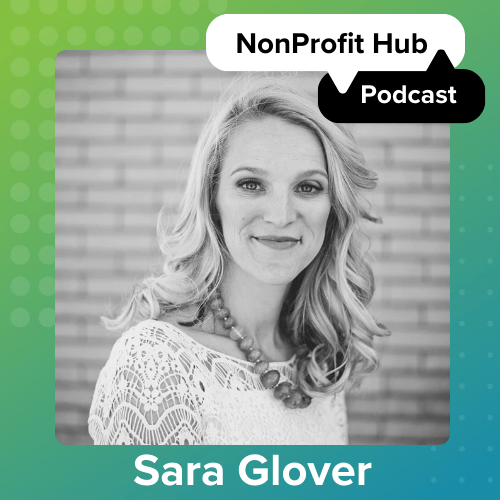This month, Dan Pallotta presented a TED talk called The Way We Think About Charity is Dead Wrong, and it’s been shaking up the nonprofit sector.
Dan Pallotta’s TED talk basically defines two opposing camps of thought in philanthropy, camps I’m going to label as the Pie Growers and the Pie Givers.
The Growers think that “the pie” (money in the nonprofit sector) can be grown if nonprofits act more like businesses and invest in developing their organizations. The Givers think more of the pie needs to be given directly to the people you have pledged to serve, not spent on organizational overhead–things like marketing and fancy CMS software.
Because of the subject matter, this post is going to be a little denser than, say, “14 things to make your nonprofit’s mascot more lovable.” I’ll be as brief and simple as possible, but know these are some of the most tense, deeply contested issues regarding effective philanthropy and the ethics of nonprofit organization. So first, let’s break down the two camps:
Camp #1: The Pie Growers
Pie Growers think that the solution is growing the pie: investing in programs that allow the nonprofit to increase long-term monetary resources and help more people.
Growers think the reason more of the nonprofit industry can’t achieve remarkable results is because our nonprofits don’t invest in themselves in the same ways that our for-profit businesses do.
In order for nonprofits to scale and produce really remarkable results, Growers say you need to do three things:
1) Market your nonprofit.
2) Nourish your nonprofit.
3) Risk failure.
Both marketing your nonprofit and nourishing your nonprofit mean using your nonprofit’s money to directly grow your nonprofit. Without nourishment and marketing, nonprofits won’t be able to grow and their outcomes and impact will be diminished: they’ll help fewer people live better lives.
By growing your nonprofit, you indirectly grow the amount of money you contribute to your cause. A Pie Grower’s ultimate goal is a significant return on investment–meaning for every $1 put into nourishing your fundraising programs, Growers hope to get $3 back for the cause, tripling the money available to contribute to your mission, which is a win for the people you serve.
Nonprofit coach John Fulwider frames this magnificently:
In other words, a small nonprofit [might need to] feed slightly fewer hungry people for a short while so it can invest in improvements—well-paid people with ongoing professional development resources, decent facilities, sophisticated advertising and fundraising—that will make it able to feed dramatically more hungry people soon.
Finally, Growers understand nonprofits need to be able to risk failure. That means being willing to invest their money in something that might not work. Author Seth Godin says:
“Playing it safe and not taking a risk is probably the most dangerous thing you could do in today’s rapidly changing and highly competitive business environment.”
Which is why nonprofits can’t compete with for-profits, the Growers say. Businesses are often allowed to make calculated risks and win big, which is why they have disproportionate impact and market share. Dan Pallotta’s example: Amazon invested in development six years before it became profitable.
The Growers’ conclusion: If you want the significant growth needed to change lives and make a huge impact, your nonprofit needs to temporarily invest money in itself, instead of investing everything immediately to the cause. This way, you can create far greater impact down the line, when the original money has multiplied.
Camp #2: The Pie Givers
Pie Givers think nonprofits need to give away more of the pie–and be focused on making the maximum impact for their cause right now.
Givers argue that when nonprofit organizations spend too much of their resources on organizational growth, they aren’t spending that money on their cause–the people they exist to serve.
How much money nonprofit organizations spend on overhead expenses–how much of the pie isn’t given away–is what troubles Givers most. If nonprofits spend more than 10% of donor dollars on their organization, that’s money going to salaries, infrastructure and marketing that could have been, say, feeding someone who’s going hungry.
Watchdog organizations like CharityWatch help Givers differentiate ethical nonprofits from those who overspend on themselves and poorly steward the money they’ve received freely from their donors. Donors and foundations have a responsibility to only support organizations that steward their money well and make every possible dollar count toward the cause.
Givers usually find it irresponsible to use too many donor funds for the three things Growers embrace:
1) Marketing your nonprofit.
2) Nourishing your nonprofit.
3) Risking failure.
Even if you “grow the pie,” Givers argue that too much of the increased money just goes toward funding jobs in the marketing sector, not to the people you support. Furthermore, wildly successful nonprofit marketing is likely just taking money from other nonprofit organizations (competing with your fellow nonprofits), instead of growing the nonprofit pie as a whole (by competing with the for-profits), which serves your organization at others’ expense.
Finally, Growers think it’s irresponsible to risk failure with your nonprofit’s funds. Sure, if you succeed, you’ll be better able to greatly help your cause–but if you fail, you’ll help no one. That’s not your decision to make, because you risk money entrusted to your organization–and risk the ability to provide essential services tomorrow.
The Givers’ conclusion: Nonprofit accountability and immediate impact is more important than spending money on the nonprofit’s future growth. It’s irresponsible to gamble your donor’s dollars with the hope to help more people when you can help someone right now.
What’s a Nonprofit to Do?
While the situation is obviously complex, I’m much more of a Pie Grower than a Giver–I believe nonprofits need to invest in themselves as they give to the community, if they want to be able to give more in the future.
That’s not to say that Givers’ concerns are unjustified. If a nonprofit embraces a risky program and succeeds, it’s obviously a good thing. But that risky program might flop–and that means less money for those who truly need it. It’s important to strike a balance of calculated risks and investments in your organization–so that if you fail, you don’t fail utterly.
But the biggest concern for nonprofits: failing by risking nothing and becoming stagnant.
Acumen Fund is a great example of a nonprofit successfully growing the pie: the Acumen Fund business model provides microfinance loans to community-oriented businesses in impoverished areas. The businesses are allowed to scale over 5-10 years to become self-sustaining and profitable. Those profits are then reinvested in the community and new microfinance loans elsewhere: growing the pie, instead of just pushing whatever limited money exists at a problem.
But as always, the devil’s in the details. Nonprofits shouldn’t be spending thousands of dollars on their website if it won’t multiply your ROI. But spending nothing on your website is a huge mistake 99% of the time, because most nonprofits have a huge opportunity to foster donor loyalty and increase donations through simple but effective nonprofit websites.
One thing is certain to me: Nonprofits need to be able to make careful investments in themselves throughout their lifespan.
While accountability is necessary, lumping all development into the category of “overhead” can actively hurt nonprofits that are doing great things in the world–and prevent them from making the investments necessary to do truly remarkable things in the world.
What do you think: should nonprofit organizations embrace the perspective of the Pie Givers–or the Pie Growers?






